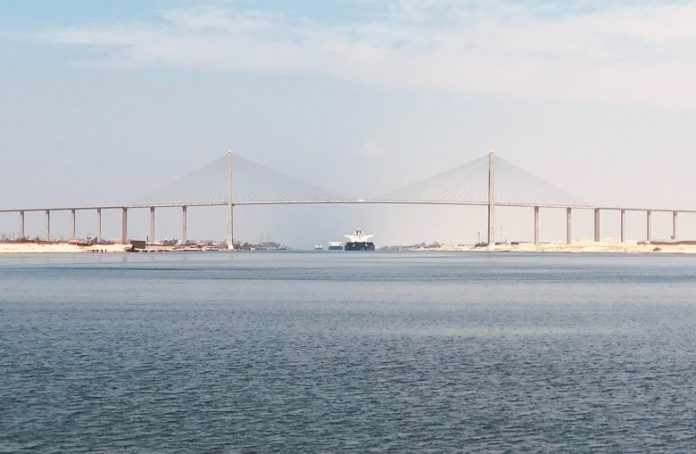Attacks on ships in the Red Sea continue to push ocean freight rates higher, triggering warnings of inflation and delayed goods.
To avoid strikes by Iran-backed Houthi militants based in Yemen, carriers have already diverted more than $200 billion in trade over the past several weeks away from the crucial Middle East trade route, which, along with the Suez Canal, connects the Mediterranean Sea to the Indian Ocean.
This has created a multiple-front storm for global trade, according to logistics managers: Freight rates increasing daily, additional surcharges, longer shipping times, and the threat that spring and summer products will be late due to vessels arriving late in China as they travel the long way around South Africa’s Cape of Good Hope.
In the meantime, about 20% of vessel capacity isn’t being used due to a massive drop in manufacturing orders, according to industry experts. Instead, ocean carriers continue to cut their sailings while tight capacity and longer travel times are fueling rate increases.
Rates for freight traveling from Asia to northern Europe more than doubled this week to above $4,000 per 40-foot-equivalent unit (container). Asia-Mediterranean prices climbed to $5,175 per container. Some carriers have announced rates above $6,000 per 40-foot container for Mediterranean shipments starting mid-month, with surcharges ranging from $500 to $2,700 per container.
Rates from Asia to North America’s East Coast have risen by 55% to $3,900 per 40-foot container. West Coast prices climbed 63% to more than $2,700. More shippers are expected to start avoiding the East Coast and favor the West Coast ports. Likewise, rates are on track to rise again starting Jan. 15 due to previously announced increases.
Source: CNBC




































